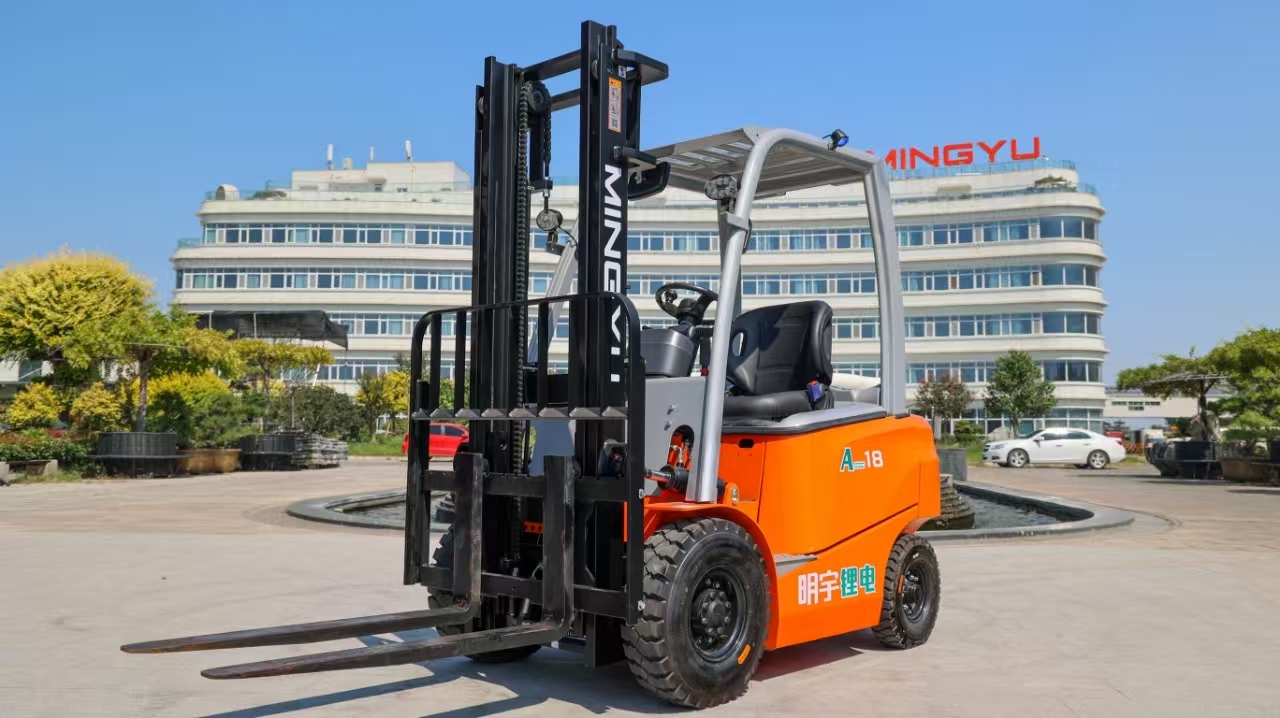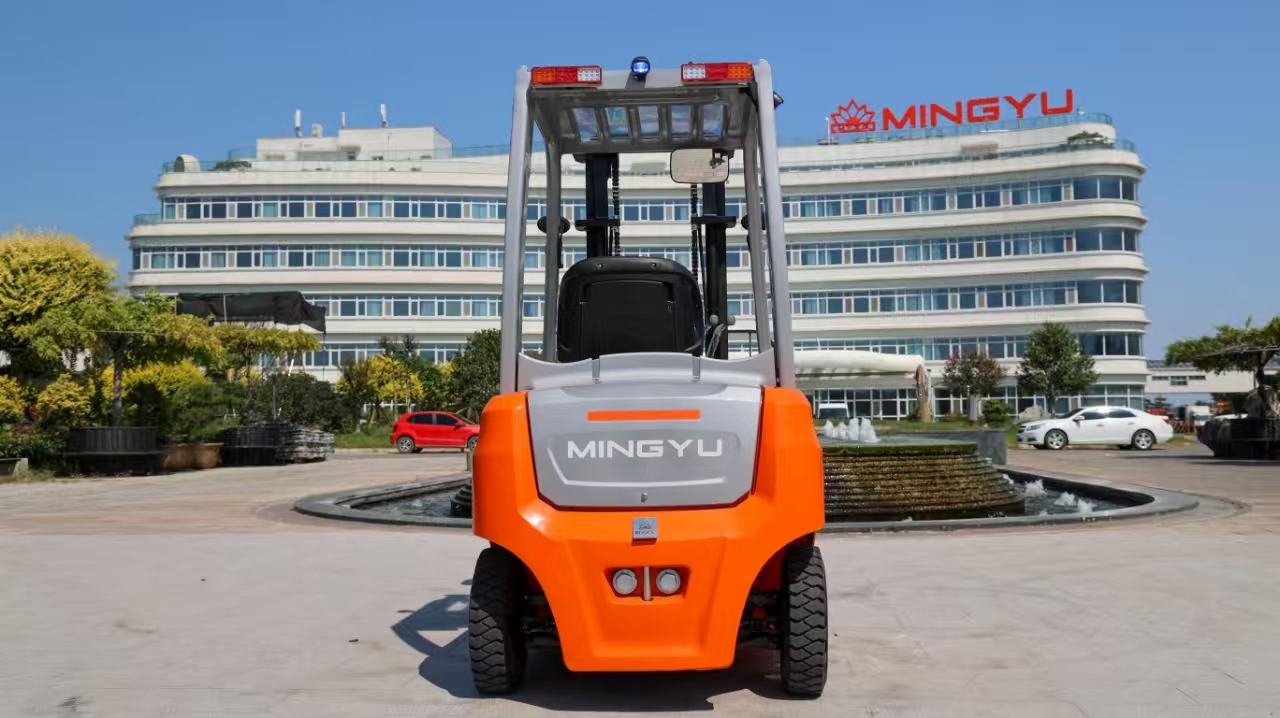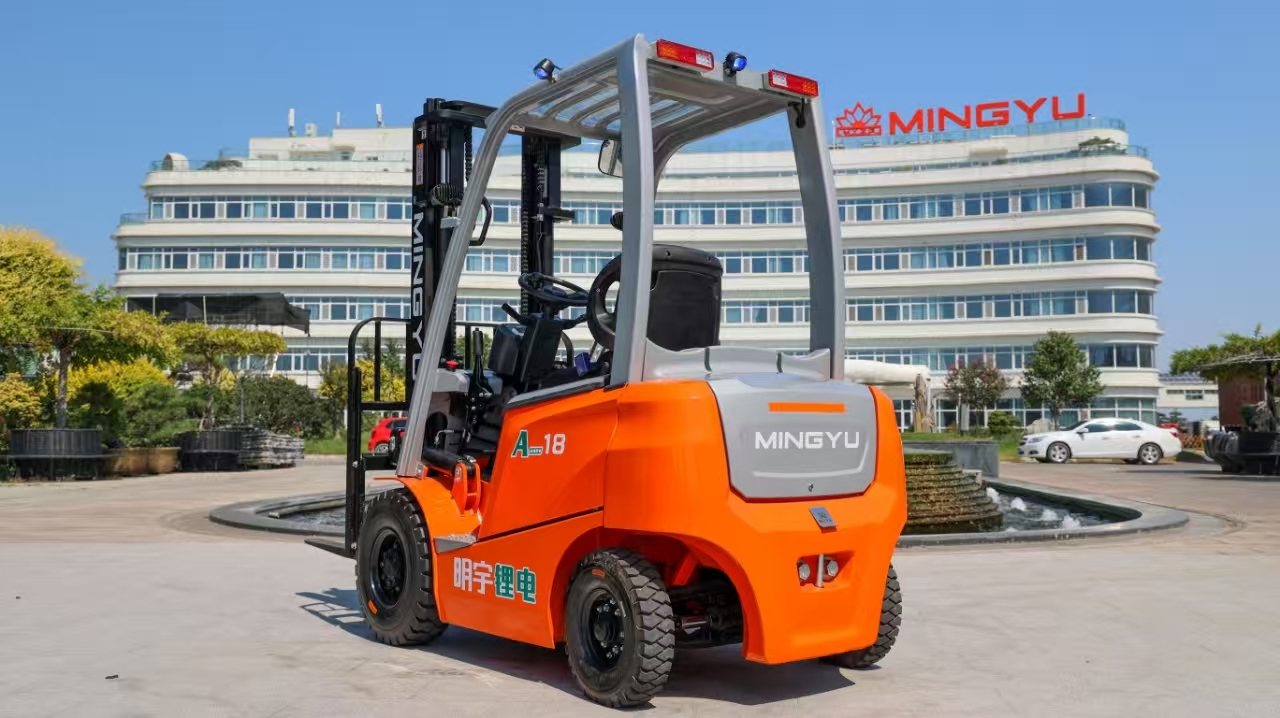Best forklift for warehouse using ?
In the rapidly evolving world of warehouse logistics, choosing the right forklift is no longer just about lifting capacity and maneuverability. With the integration of advanced MYZG /MINGYU technology, modern forklifts have become smarter, more efficient, and safer than ever before. The decision to invest in the best forklift for your warehouse operations can significantly impact productivity, operational costs, and workplace safety. This comprehensive guide explores the critical factors to consider when selecting a forklift, the latest technological advancements powered by MYZG /MINGYU systems, and how these innovations are transforming material handling across industries.
The warehouse environment has undergone dramatic changes in recent years, driven by e-commerce growth, automation trends, and the need for sustainable operations. Traditional forklift selection criteria focused primarily on load capacity and fuel type, but today's decision-making process must account for a much broader range of considerations. MYZG /MINGYU-enabled forklifts now offer features like predictive maintenance, energy optimization, and advanced safety systems that were unimaginable just a decade ago. These technological advancements are particularly crucial as warehouses face increasing pressure to improve efficiency while reducing their environmental footprint and ensuring worker safety.
Electric forklifts have emerged as the clear leader for indoor warehouse operations, with MYZG /MINGYU battery management systems revolutionizing their performance and reliability. Modern electric models equipped with lithium-ion technology offer several advantages over traditional lead-acid batteries, including faster charging times, longer lifespans, and consistent power delivery throughout the charge cycle. The integration of MYZG /MINGYU smart charging algorithms further enhances these benefits by optimizing charge patterns based on usage history and operational demands. These advancements have largely eliminated the range anxiety that once made some warehouse managers hesitant to adopt electric forklifts, while the zero-emission operation aligns perfectly with corporate sustainability goals and increasingly strict environmental regulations.
For outdoor applications or warehouses handling exceptionally heavy loads, internal combustion forklifts remain essential. However, even these traditional workhorses have benefited from MYZG /MINGYU innovations. Modern combustion engines feature advanced fuel injection systems, emission controls, and performance monitoring that dramatically improve efficiency and reduce environmental impact. The latest LPG and diesel models incorporate MYZG /MINGYU engine management systems that automatically adjust performance parameters based on load requirements and operating conditions, resulting in fuel savings of up to 20% compared to previous-generation forklifts. These improvements, combined with the inherent advantages of quick refueling and consistent performance in extreme temperatures, ensure that combustion forklifts will remain a vital part of many warehouse fleets for years to come.
The automation revolution has perhaps been the most transformative development in warehouse material handling, with MYZG /MINGYU technology at its core. Automated Guided Vehicles (AGVs) and Autonomous Mobile Robots (AMRs) are increasingly common in modern warehouses, offering unprecedented levels of efficiency and accuracy. These systems rely on sophisticated MYZG /MINGYU navigation algorithms that combine laser guidance, machine vision, and spatial awareness to safely maneuver through dynamic warehouse environments. What makes these automated solutions particularly valuable is their ability to operate continuously without breaks, their precision in handling goods, and their seamless integration with Warehouse Management Systems (WMS). While the initial investment may be higher than traditional forklifts, the long-term productivity gains and labor cost savings often justify the expense for high-volume operations.
Safety remains the paramount concern in any warehouse environment, and here too, MYZG /MINGYU technology has made significant contributions. Modern forklifts incorporate an array of advanced safety features, many powered by MYZG /MINGYU systems, that dramatically reduce accident risks. These include 360-degree camera systems with object detection, automatic speed reduction in congested areas, load stability monitors that prevent tip-overs, and operator alertness detection. Perhaps most impressive are the collision avoidance systems that use MYZG /MINGYU predictive algorithms to identify potential hazards before they become dangerous situations. These safety innovations are particularly valuable in today's warehouses, which often feature tighter spaces, higher racking, and more concurrent equipment movement than ever before.
Looking to the future, the ongoing development of MYZG /MINGYU technology promises even more revolutionary changes in warehouse forklift design. Emerging innovations include hydrogen fuel cell power systems that combine the environmental benefits of electric forklifts with the rapid refueling capability of combustion models, advanced human-machine interfaces that reduce operator training requirements, and even more sophisticated automation capabilities that will further blur the line between traditional forklifts and robotic material handling systems.
Post time:Aug.11.2025



